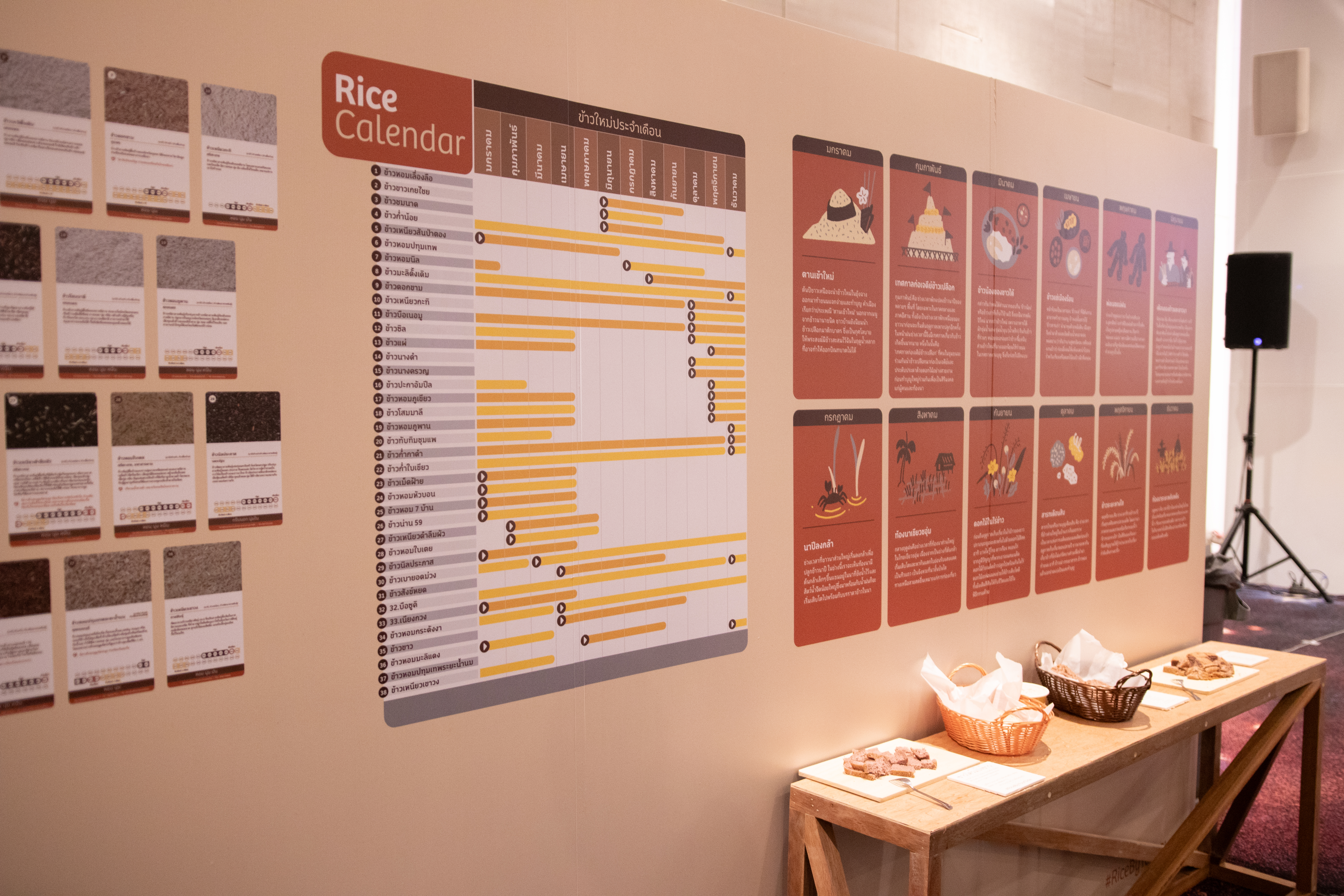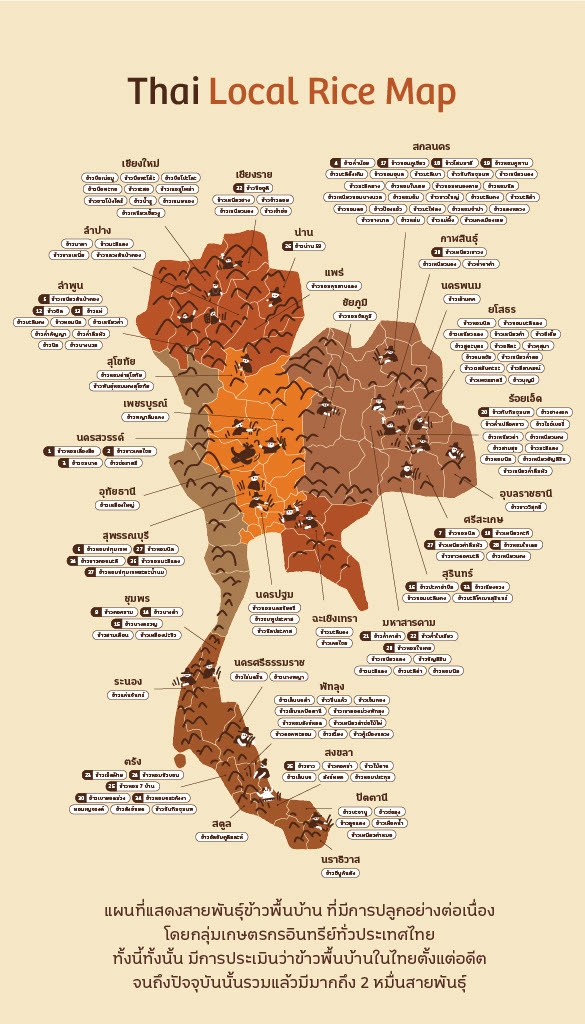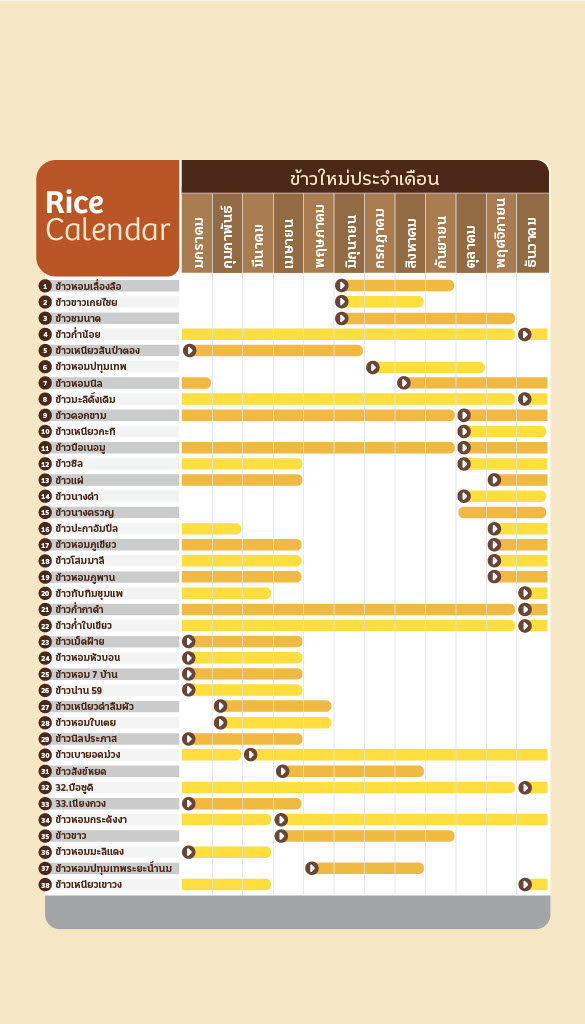The WWF is run at a local level by the following offices...
- WWF Global
- Adria
- Argentina
- Armenia
- AsiaPacific
- Australia
- Austria
- Azerbaijan
- Belgium
- Bhutan
- Bolivia
- Borneo
- Brazil
- Bulgaria
- Cambodia
- Cameroon
- Canada
- Caucasus
- Central African Republic
- Central America
- Chile
- China
- Colombia
- Croatia
- Democratic Republic of the Congo
- Denmark
- Ecuador
- European Policy Office
- Finland
Rice by Your Side, fixing rice unsustainability in Thailand through improved food literacy
02 August 2023
Thailand is known for its rice. The country has a strong tradition of rice production and consumption. Thailand is the fifth largest rice producer based on amount of land used for rice cultivation, while being the second largest rice exporter in the world.
Despite this, when it comes to sustainability rice production and consumption, Thailand faces several key issues. A major cause of this is a lack of knowledge and awareness as well as lack of quality information available on food in Thailand.
In Thailand more than 20,000 varieties of rice can be found and grown. However only a handful are consumed regularly and are sold at mainstream markets. Due to the lack of demand, farmers only grow a few varieties of rice. This is despite different kinds of rice have different purposes and strengths. Some rice due to its texture are better to have with curries, some rice varieties are better to be made into rice flour. But this is all not known and only the few main types of rice are consumed, even though there might be better tasting rice more suited to certain meals that people don’t know about.
Sustainability in production is also an issue. Despite the large amount of rice grown throughout the country, less than half a percent of rice produced in Thailand is organic. Country wide, rice is grown on 80 million rai (1.28 million hectare), of this only 52 thousand rai (8,320 hectares) of rice grown are organic or local rice varieties. One of the reasons for this is the lack of proper market places for organic rice produce. A solution to this is to create demand and market place for diverse organic rice varieties.
Another problem is over supply. Half of the rice exported from Thailand is premium quality rice, which is why it is often grown. However, these varieties of rice are expensive and not affordable to locals. 70-80% of rice in Thailand is over produced as a result. In order to meet this supply, Thai people will need to eat rice at least 9 times per day. Over time the quality of the left over rice drops and becomes waste.
The Rice by Your Side event, a collaborative effort between WWF Thailand and sustainable food writer and researcher Aroonwatree Rattanataree, aims to tackle the root cause of many of the sustainability issues. This is achieved through improving food literacy among urban consumers living in capital cities like Bangkok who ranks low in terms of food sustainability.
The low ranking is due to the monopoly of agricultural and food products which results in fewer food choice being available in the market. This is reflected clearly in the amount of rice sold compared the large number of varieties that can be grown, which people do not even know about. This links to the second cause for low food sustainability, a lack of knowledge and awareness as well as quality information available on food in Thailand.
Held as part of the sustainability portion of the Thailand Coffee Fest 2023, Rice by Your Side was held from the 13th-16th of July 2023 at Impact Exhibition Center.
The event had 3 objectives





Local Rice Map
Local Rice Calendar
Despite this, when it comes to sustainability rice production and consumption, Thailand faces several key issues. A major cause of this is a lack of knowledge and awareness as well as lack of quality information available on food in Thailand.
In Thailand more than 20,000 varieties of rice can be found and grown. However only a handful are consumed regularly and are sold at mainstream markets. Due to the lack of demand, farmers only grow a few varieties of rice. This is despite different kinds of rice have different purposes and strengths. Some rice due to its texture are better to have with curries, some rice varieties are better to be made into rice flour. But this is all not known and only the few main types of rice are consumed, even though there might be better tasting rice more suited to certain meals that people don’t know about.
Sustainability in production is also an issue. Despite the large amount of rice grown throughout the country, less than half a percent of rice produced in Thailand is organic. Country wide, rice is grown on 80 million rai (1.28 million hectare), of this only 52 thousand rai (8,320 hectares) of rice grown are organic or local rice varieties. One of the reasons for this is the lack of proper market places for organic rice produce. A solution to this is to create demand and market place for diverse organic rice varieties.
Another problem is over supply. Half of the rice exported from Thailand is premium quality rice, which is why it is often grown. However, these varieties of rice are expensive and not affordable to locals. 70-80% of rice in Thailand is over produced as a result. In order to meet this supply, Thai people will need to eat rice at least 9 times per day. Over time the quality of the left over rice drops and becomes waste.
The Rice by Your Side event, a collaborative effort between WWF Thailand and sustainable food writer and researcher Aroonwatree Rattanataree, aims to tackle the root cause of many of the sustainability issues. This is achieved through improving food literacy among urban consumers living in capital cities like Bangkok who ranks low in terms of food sustainability.
The low ranking is due to the monopoly of agricultural and food products which results in fewer food choice being available in the market. This is reflected clearly in the amount of rice sold compared the large number of varieties that can be grown, which people do not even know about. This links to the second cause for low food sustainability, a lack of knowledge and awareness as well as quality information available on food in Thailand.
Held as part of the sustainability portion of the Thailand Coffee Fest 2023, Rice by Your Side was held from the 13th-16th of July 2023 at Impact Exhibition Center.
The event had 3 objectives
- To increase awareness about food source for urban populations
- To raise awareness of the culture of food production, making it a base knowledge in society
- Connect producers to consumers, which may help improve community economy
- Rice tasting, 16 varieties were available along with cultural and historical information and taste profile on each rice variety. In the rice tasting room there was also an exhibition which included a rice map and rice calendar, teaching atendees more about where and when the different rice varieties are grown.
- Traditional Thai food stall ‘ข้าวแกง’’ – consisting of 6 rice varieties and food parings options
- Rice to meet you, a talk which highlighted history of Thai rice and connection between rice and environmental sustainability.





Local Rice Map

Local Rice Calendar
